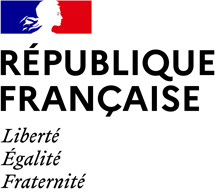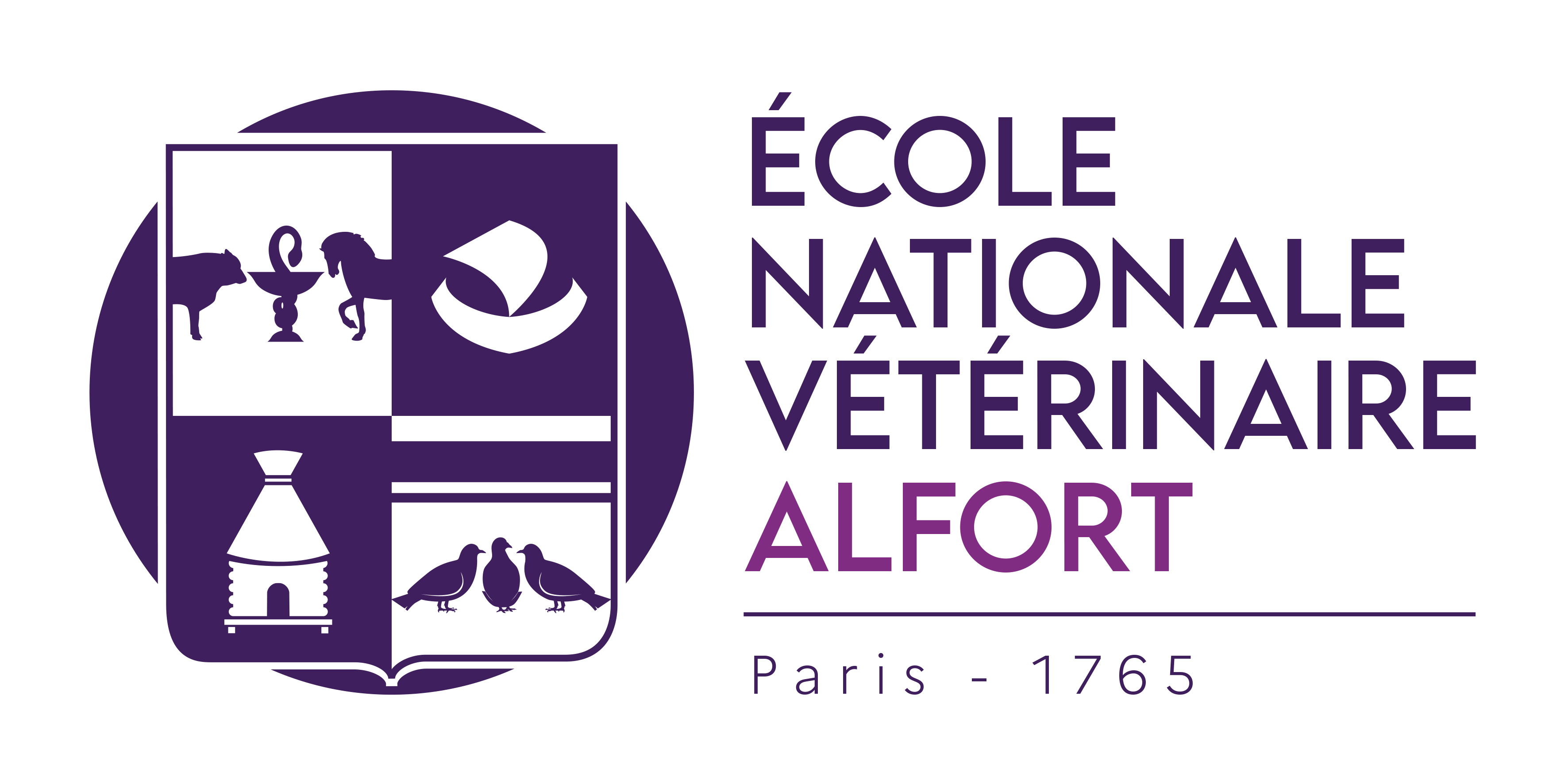From patient classification to optimized treatment in ART: the AMPLITUDE Delphi consensus
Résumé
A Delphi consensus was performed to evaluate expert opinions on the management of key aspects of ovarian stimulation. Methods: A Scientific Committee developed eleven statements for patient profiles corresponding to predicted ovarian responses (low, normal, and high) based on antral follicle count (AFC) and anti-Müllerian hormone (AMH). The statements were distributed (online survey) to French and Belgian fertility specialists. Consensus was reached when ≥66.7% of participants agreed or disagreed. Results: Among 52 respondents, a consensus agreement was reached for each patient profile for personalizing the initial dose of gonadotropin, taking age, weight, body mass index, nature of the cycle, and the decision to perform a fresh transfer or a freeze-all strategy into consideration. The respondents preferred a fresh transfer for low and normal responders and a freeze-all strategy in case of high risk of hyperstimulation, newly diagnosed uterine or tubal pathology and premature progesterone elevation. A consensus was reached for 10u201315 oocytes as optimal oocyte target from the first round of voting. The panel agreed to increase the gonadotropin dose in case of insufficient response and preferred a GnRH antagonist protocol for a subsequent cycle in case of excessive response. Finally, a consensual answer was obtained for using LH/hCG activity in case of hypogonadotropic hypogonadism, advanced age, inadequate response during first stimulation and suspected FSH receptor polymorphism. Discussion: The AMPLITUDE consensus supports the importance of optimizing the ovarian stimulation protocol for patients undergoing assisted reproductive technology treatment. Additional studies could complete these findings and guide fertility specialists in their daily practice to improve ovarian stimulation outcomes.
| Origine | Fichiers éditeurs autorisés sur une archive ouverte |
|---|---|
| Licence |



